

Every year, around 8 million metric tons of plastic enter our oceans, posing a serious threat to marine life, ecosystems, and coastal communities. Poor waste management, low recycling rates, and incidents like shipping accidents only make the problem worse.
Sri Lanka is among the top contributors to marine pollution.
After speaking with both public and private ocean authorities,
we found that detecting marine debris here is still done manually by visually
spotting waste in the water. There’s also no system to monitor how pollution
flows from rivers into the ocean, which is a major source of the problem.
The lack of real-time, continuous monitoring makes it hard to respond quickly
or plan effective clean-up efforts. That’s why we developed OceanEyes, a smart
solution designed to detect and track marine pollution in real time.

The system detects plastic waste and debris in water and pinpoints their locations, sharing the data with relevant authorities.
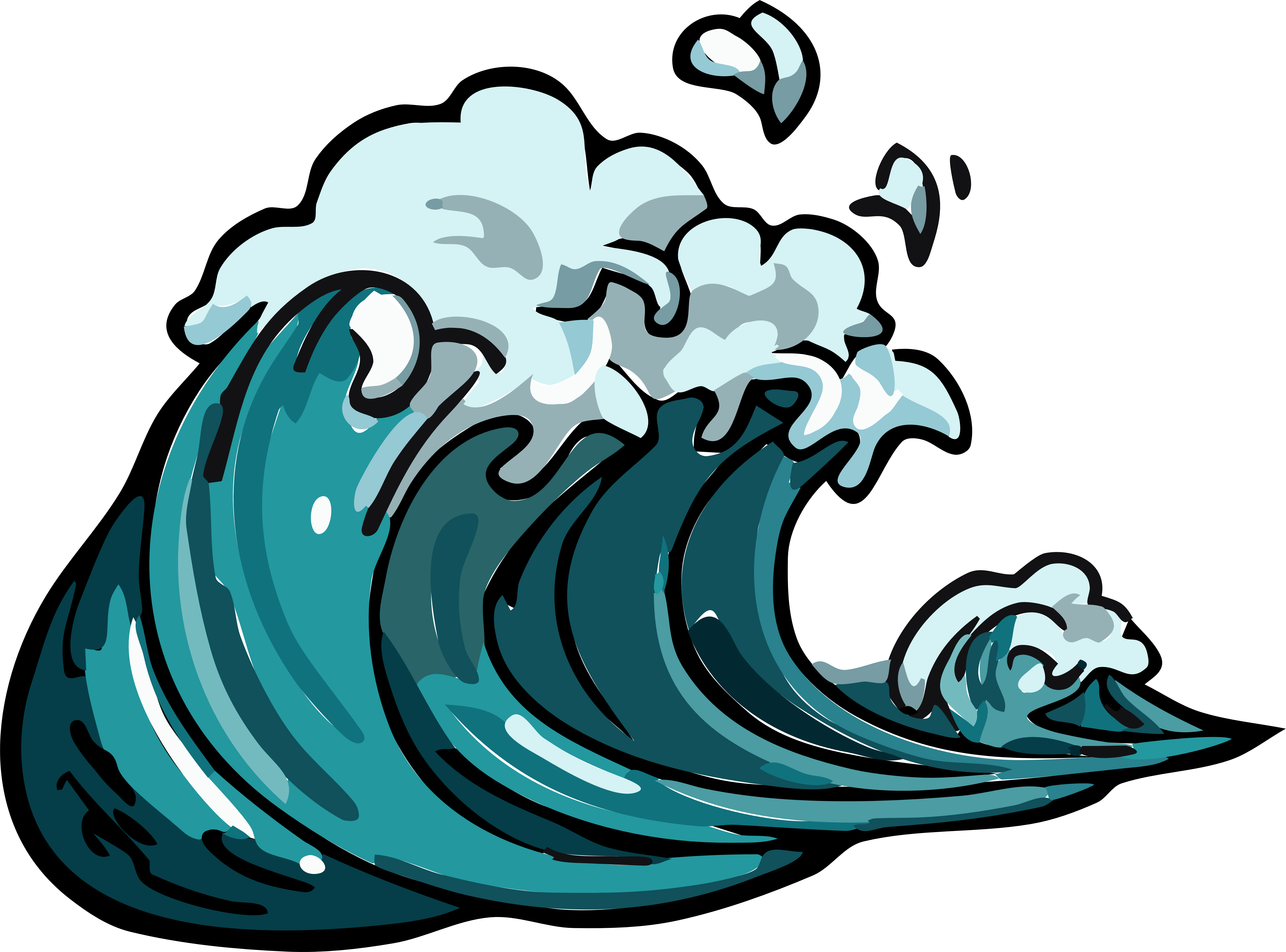
Provides real-time monitoring of marine environments, enabling instant detection and reporting of pollution for timely decision-making.
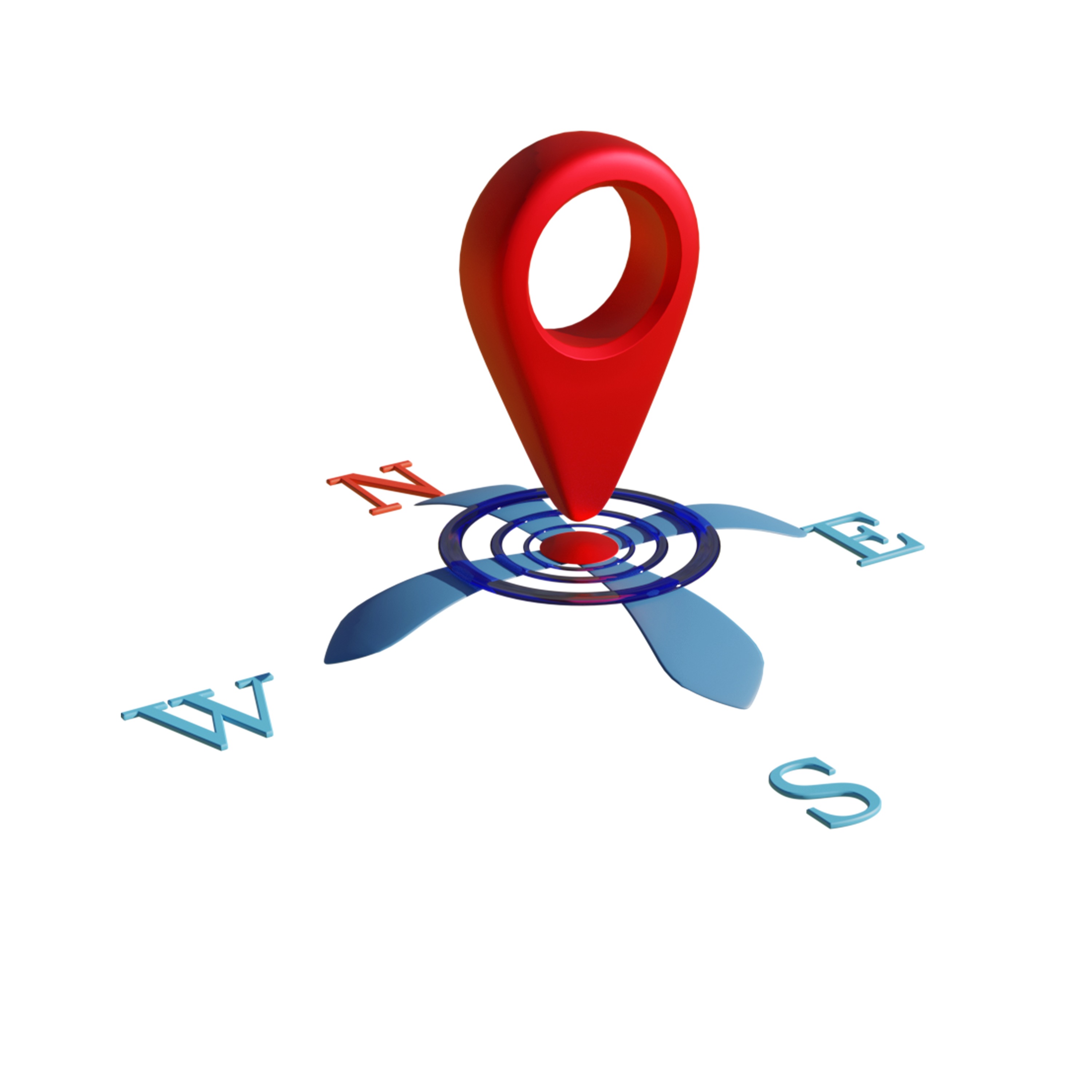
Visualizes polluted locations through an intuitive platform accessible by governments, researchers, and the public.
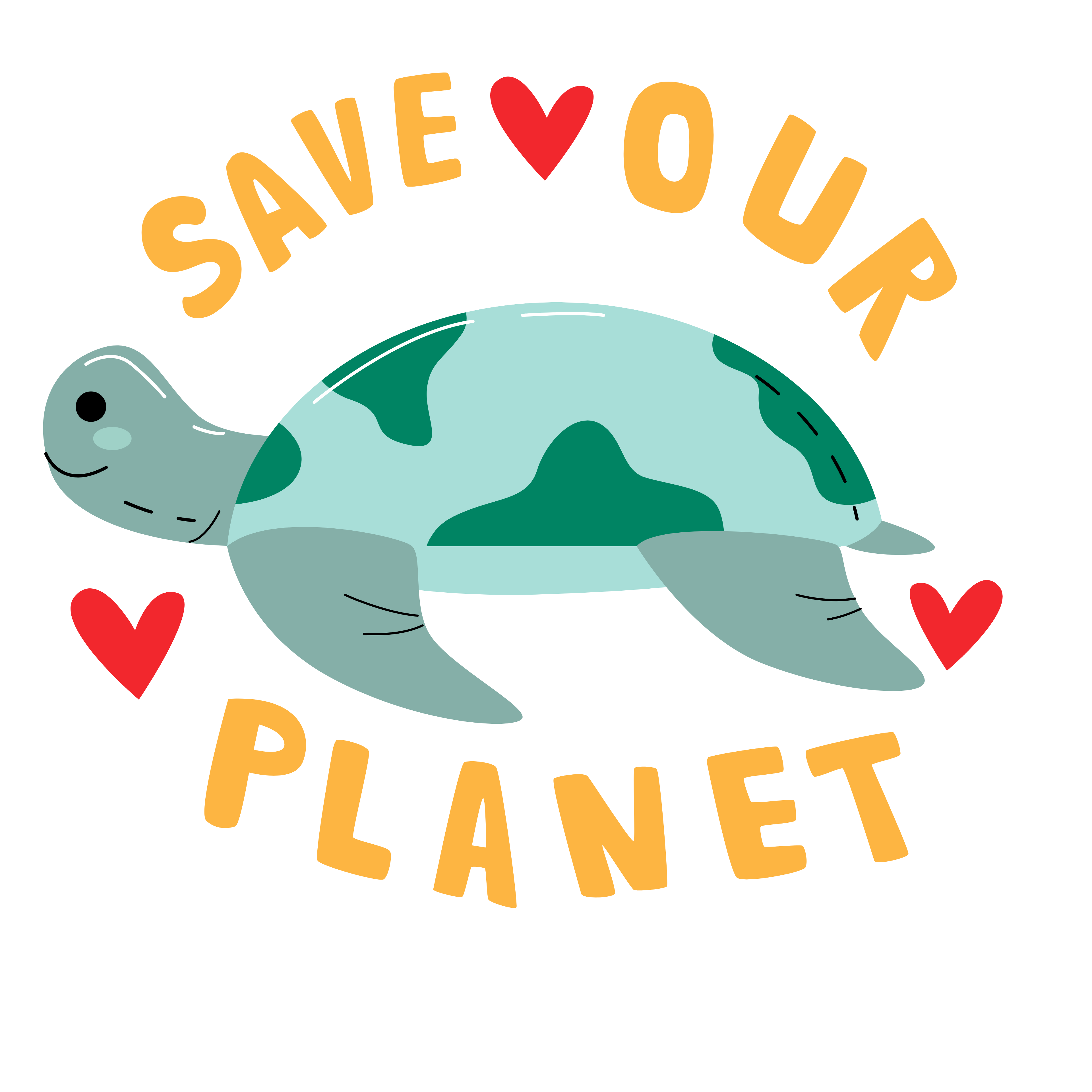
Shares data to increase awareness and helps develop targeted solutions to reduce marine pollution.
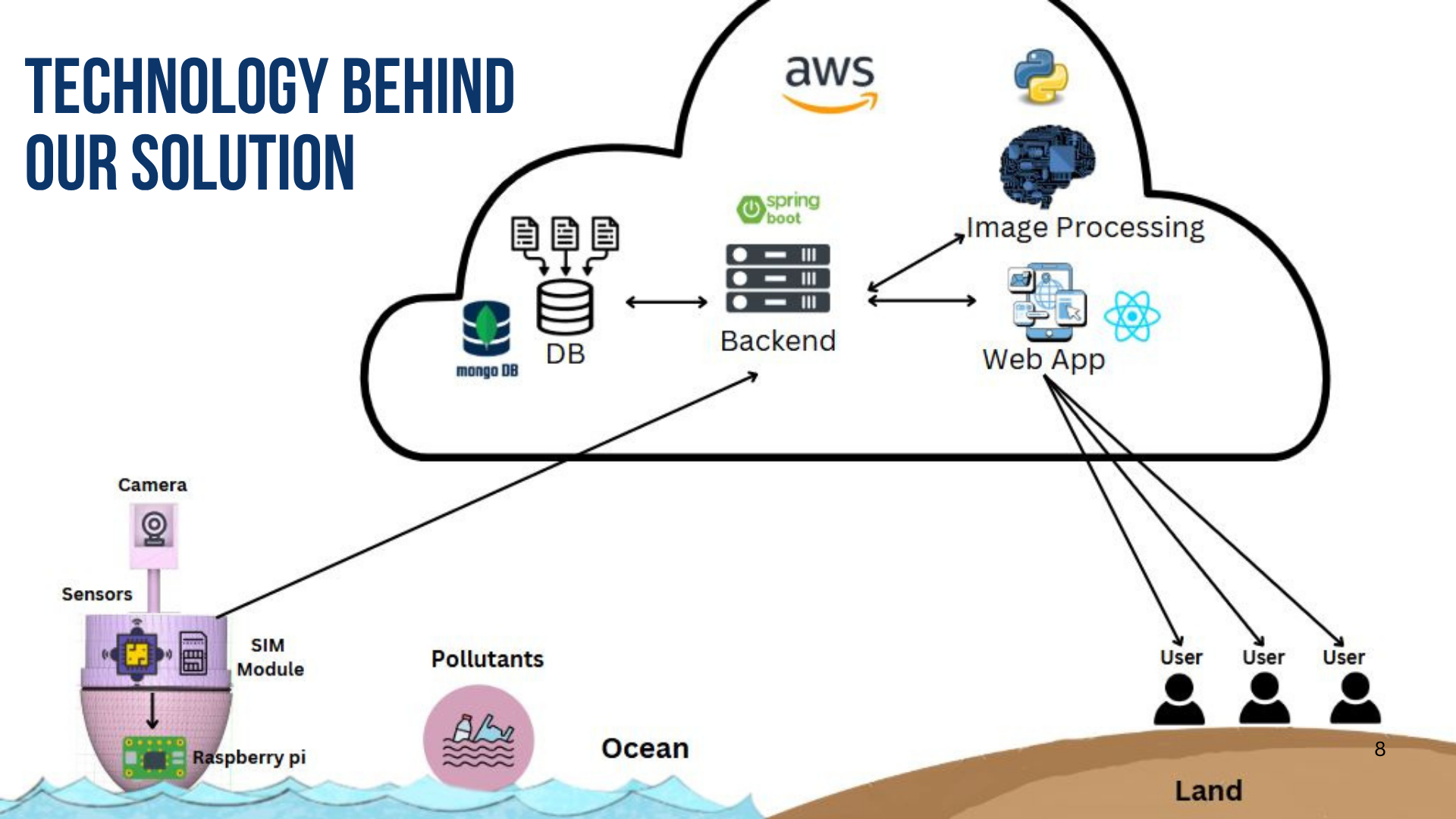
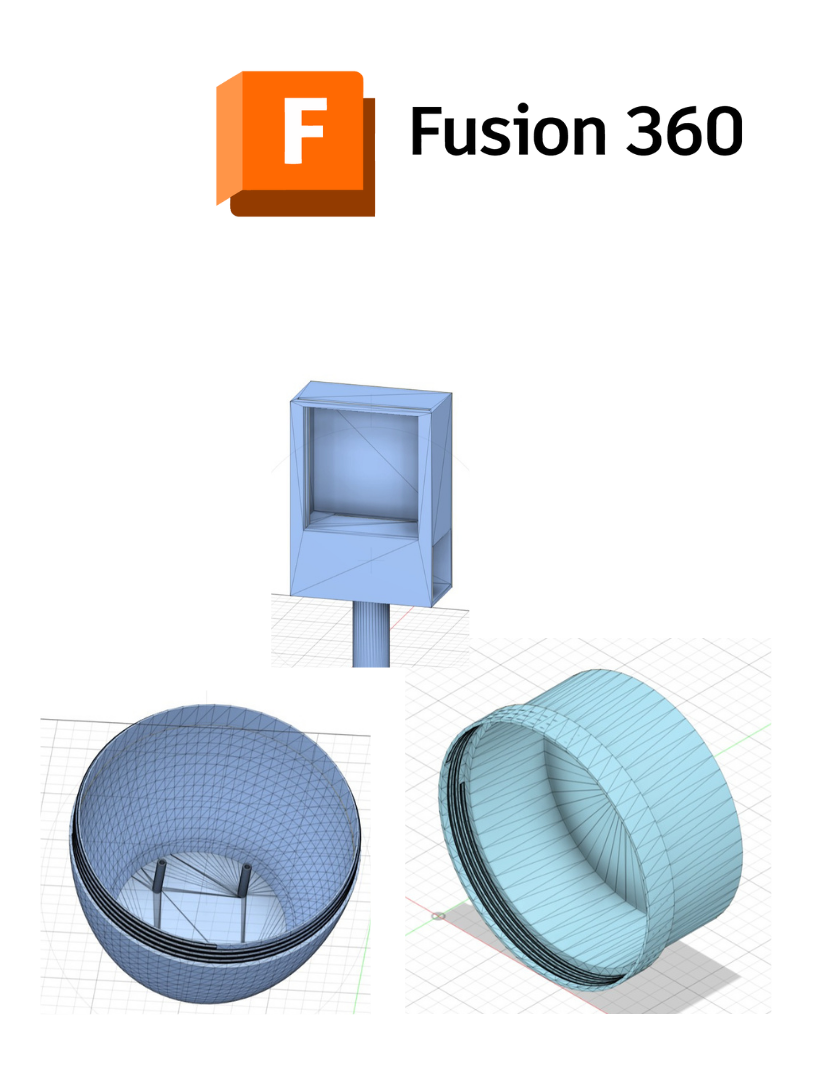
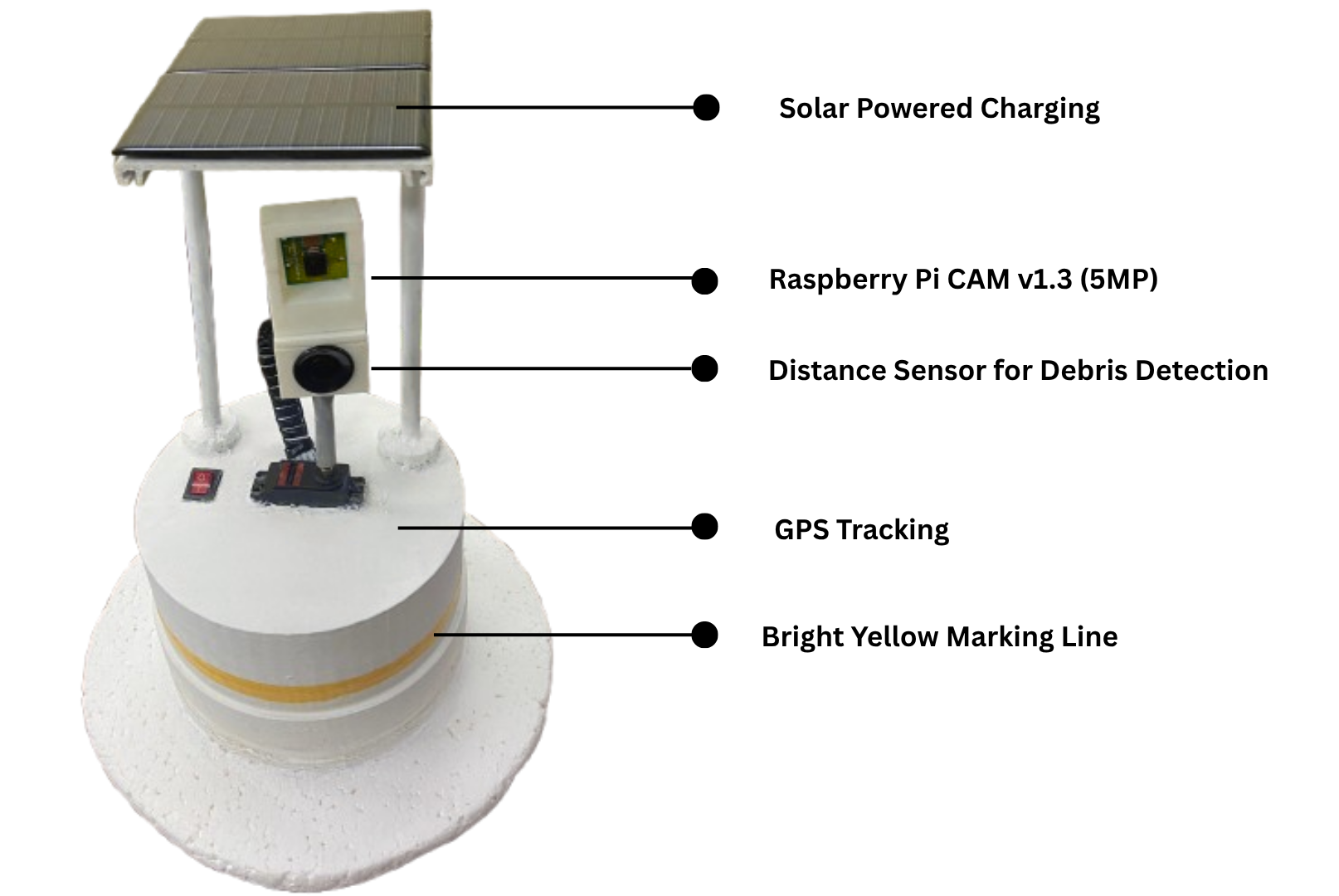
The OceanEyes buoy is built using a custom 3D design that gives it a stable, low-drag shape perfect for floating steadily
in sea conditions. It's lightweight, and water-resistant, so it doesn't absorb moisture and can stay out at sea for long periods
without trouble.
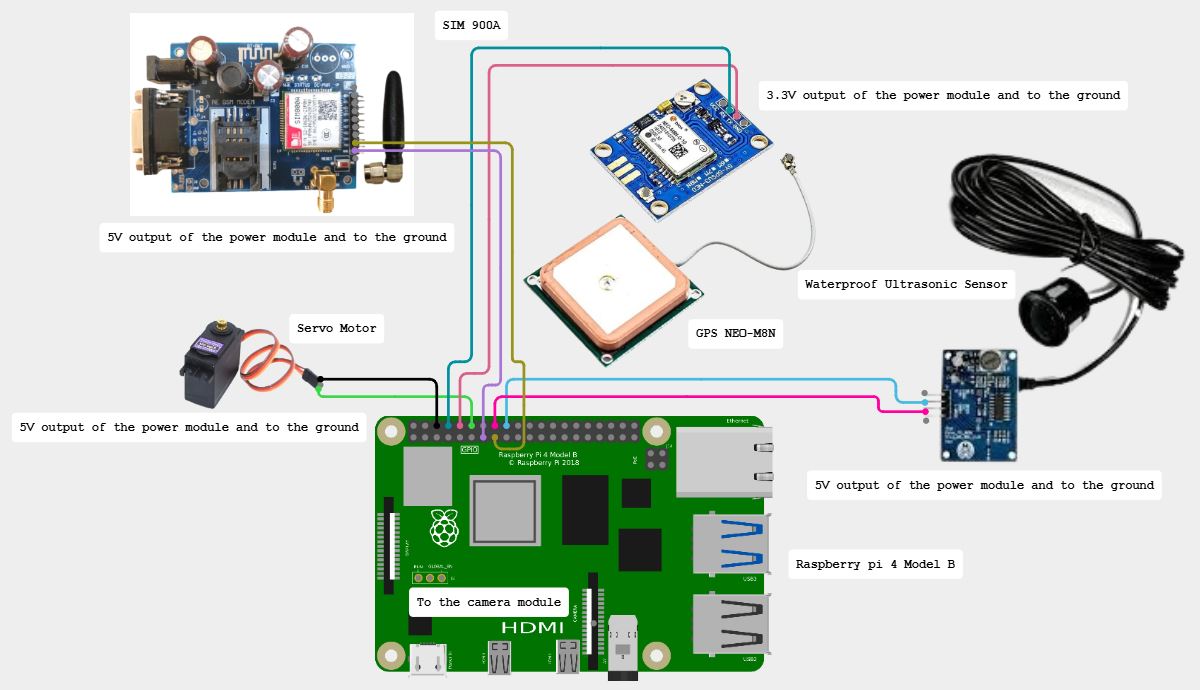
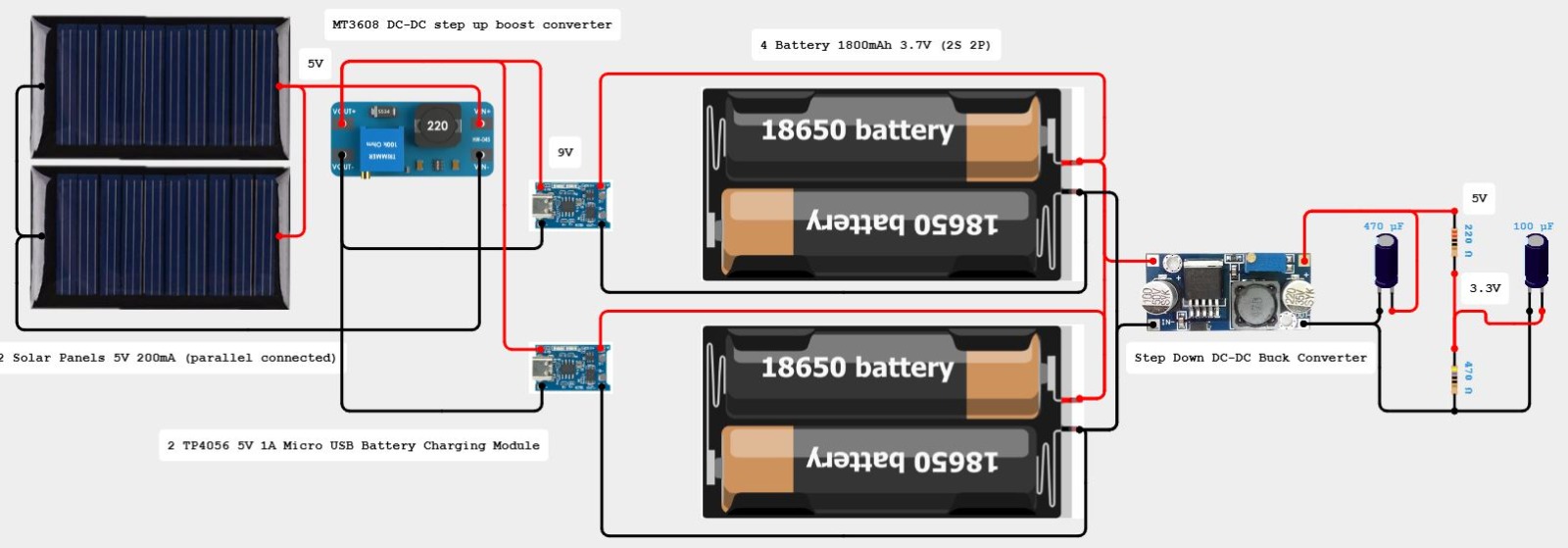
The OceanEyes buoy is powered by a Raspberry Pi and equipped with essential modules like GPS, GSM,
and sensors for detection and communication. It runs on a solar-powered battery system, making it energy-efficient and ideal for long-term deployment in the ocean.
The setup ensures reliable data collection and transmission with minimal maintenance.
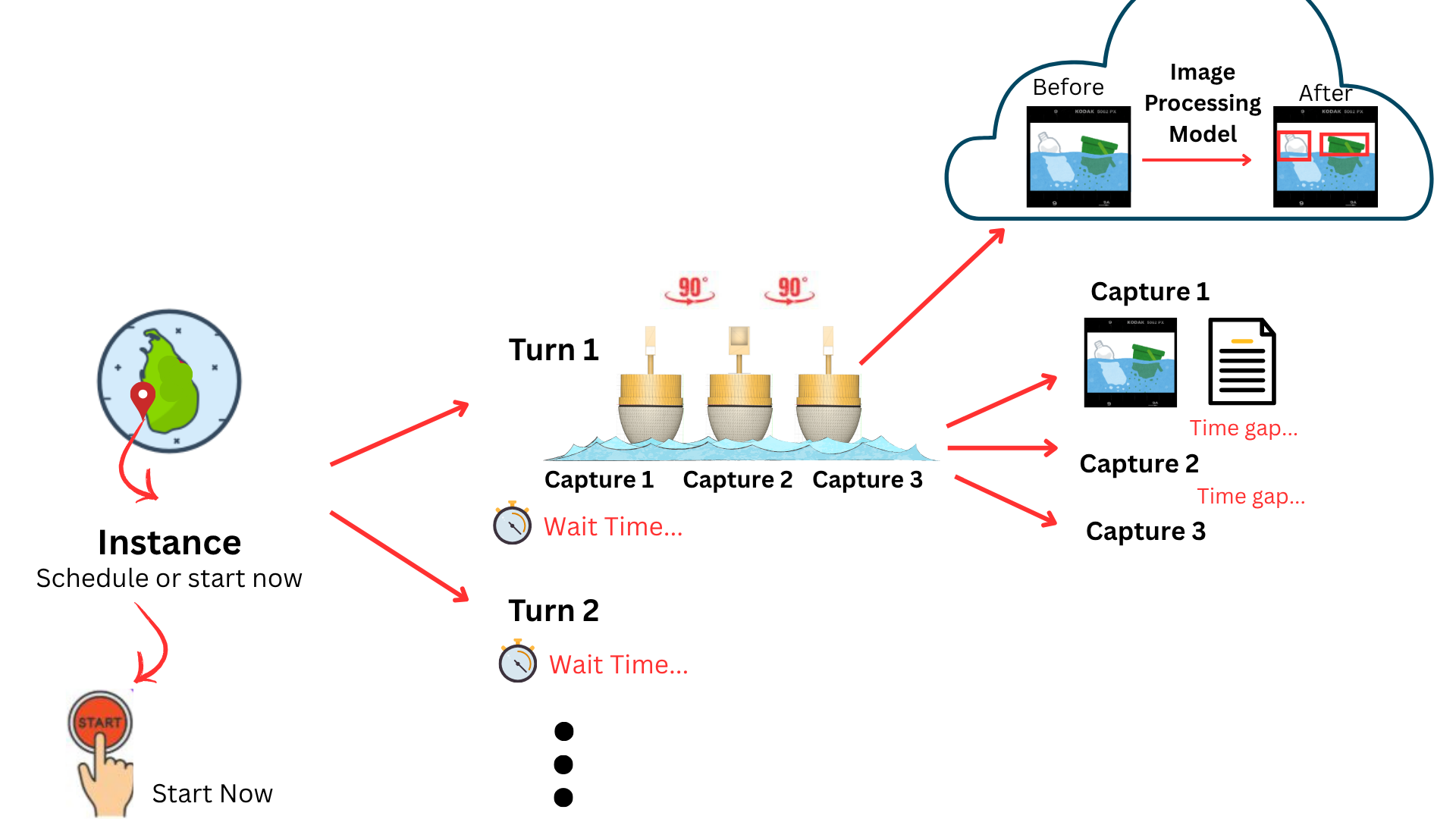
Testing was a critical phase in validating the performance and reliability of the OceanEyes system. Hardware testing involved verifying the functionality of sensors, GPS, GSM, and servo motors in real-world marine-like conditions to ensure durability and accurate data collection. Software testing included checking the responsiveness of the web platform, real-time data updates, image processing accuracy, and backend stability under different network and load conditions. Together, these tests ensured that both hardware and software components work seamlessly to deliver reliable, real-time insights for marine pollution monitoring.
| Item | Model | Unit Price (LKR) | No of Items | Amount (LKR) |
|---|---|---|---|---|
| Raspberry Pi 4 | Raspberry Pi 4 Model B 4GB | 25,480.00 | 1 | 25,480.00 |
| Camera Module | Camera Module v1.3 5MP 1080p | 1,100.00 | 1 | 1,100.00 |
| Camera Ribbon | 15 pin FFC FPC Flat Ribbon Cable for Raspberry Pi | 360.00 | 1 | 360.00 |
| GPS module | NEO-M8N GPS Module | 3,200.00 | 1 | 3,200.00 |
| Waterproof Ultrasound Sensor | JSN-SR04T Waterproof Ultrasonic Distance Measuring Module | 2380.00 | 1 | 2380.00 |
| Servo Motor | TD-8120MG Waterproof Digital Servo | 3750.00 | 1 | 3750.00 |
| Battery | 3.7V 1800mA 18650 Li-ion Rechargeable Battery | 690.00 | 2 | 1380.00 |
| Battery Charging Module | TP4056 5V 1A Micro USB 18650 Special Lithium Battery Charging Module | 60.00 | 2 | 120.00 |
| Step Down Buck Converter | MP1584 4.5-28V to 0.8V-18V 3A DC to DC Adjustable Step-Down Buck Module | 260.00 | 1 | 260.00 |
| Solar Panel | 5V, 120mW Solar Panel | 400.00 | 2 | 800.00 |
| Outer cover - top lid | 3D print | 2600.00 | 1 | 2600.00 |
| Total | 41,430.00 | |||
OceanEyes enables environmental authorities and organizations to identify highly polluted areas, track pollution flow from rivers to the sea, and plan effective cleanup operations. It not only automates pollution detection but also acts as an early warning system, addressing the limitations of manual monitoring. The solution is scalable, allowing multiple devices to be deployed in different locations and integrated into a centralized dashboard for broader environmental monitoring.
We hope that OceanEyes would help users by providing them with real-time, actionable insights to protect marine ecosystems more efficiently.
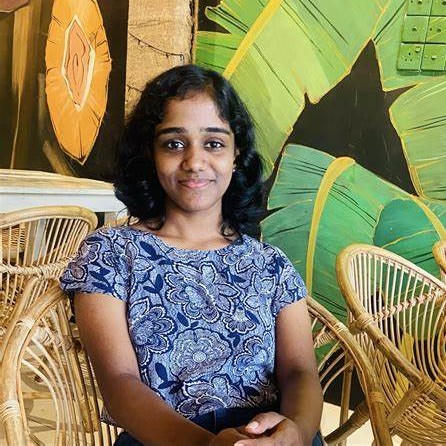
E/20/316

E/20/178

E/20/148

E/20/122
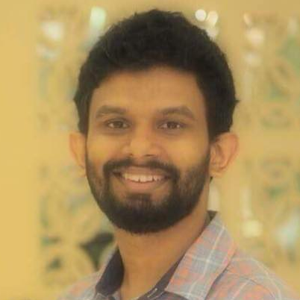
Project Supervisor